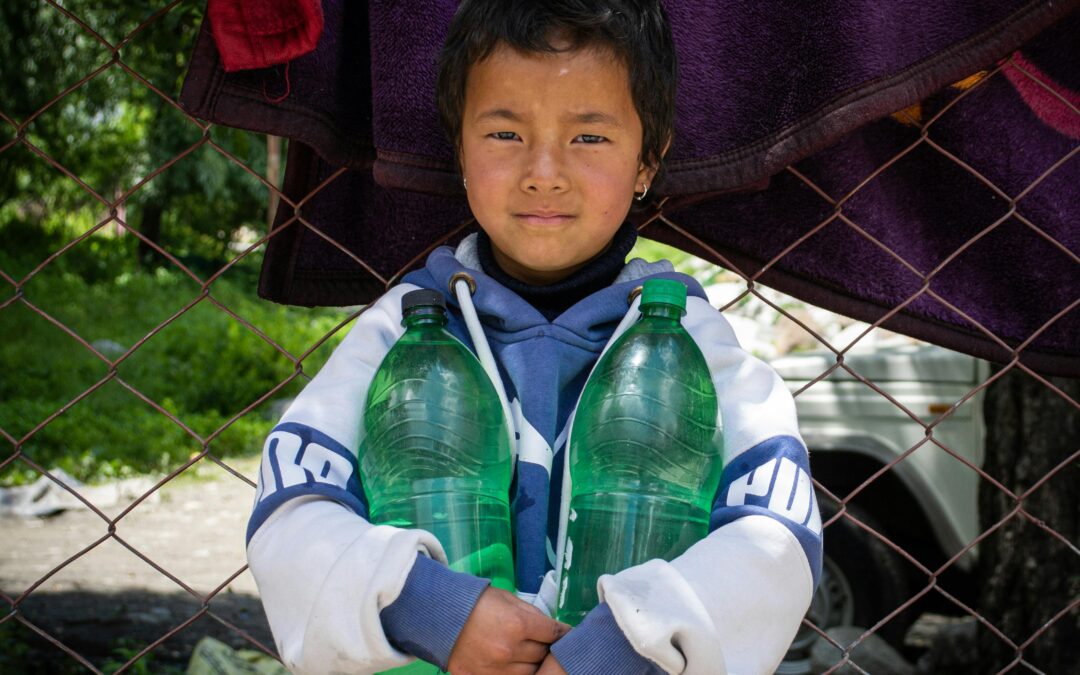
Designed by Lisa and everlast jorney
The land of kings, the epitome of heritage and culture. This is Rajasthan in India. The moment you think of it or search for it on the internet, a vivid picture comes to your mind.
Royal forts rising from golden sands, palaces soaked in centuries of history, the pink streets of Jaipur, the calm lakes of Udaipur. It’s a place known for its colourful clothes, folk music, festivals, and timeless charm. Rajasthan is where history lives on, not just in textbooks, but in the walls, in every street, and in the hearts of the people. It’s a favourite on travel brochures, destination weddings, Instagram reels, and postcards.
However, if you flip that postcard over, you’ll find a reality far from the curated charm of palaces. Behind the grandeur lies rural Rajasthan.
Here, the land is dry and cracked, scorching heat waves roll in, the sun blazes overhead, and summers feel eternal. The desert isn’t a touristy spot for camel rides; it’s a harsh, daily challenge.
Every morning, long before the day begins, women of rural Rajasthan set out with earthen pots (matkas) and cloth-wrapped faces to protect themselves from the dust and heat. They walk across thorny paths, through open fields, past dry wells every single day. Not for fitness, not for tradition, but for water. Water that may not even be clean. Water that decides how the rest of their day will unfold.
In villages scattered across the state, such as Barmer, Jalore, Pali, and beyond, water doesn’t come from the tap. It comes after hours of walking. Women, some barely out of childhood, others with grey hair, trek 5 to 10 kilometers (about 3 to 6 miles) every day, carrying heavy containers on their heads. It’s not an act of ritual but an act of survival.
Education, rest, even basic health, everything gets restructured around the water run. In many homes, young girls drop out of school to join their mothers. Newly married women are expected to adapt immediately. Water isn’t fetched here. It’s fought for.
This reality isn’t tucked away in a remote corner of the world. Rajasthan is India’s largest state by area, bordering Pakistan to the west, and is known for its harsh climate. It receives some of the lowest rainfall in the country, but more importantly, it’s a place where tradition, gender roles, and environmental degradation intersect to place the burden squarely on women’s shoulders.
There is no shortage of water-related policies to address this reality. Rajasthan has been the focus of many government schemes and numerous NGO interventions, but between policy and practice lies a wide dry gap.
In many Rajasthan villages, despite official claims of infrastructure, women still spend up to a third of their lives fetching water. Borewells have run dry or gone deeper than affordable drilling can reach. Piped water systems exist, but taps often remain dry. Government tankers, when they do arrive, are infrequent and unreliable.
Some villages still depend on muddy and often contaminated sources miles away, even though they are marked as covered under state schemes.
As with most social burdens, the weight isn’t evenly distributed. It’s gendered.
In India, cultural norms dictate that women and girls manage household chores, especially water collection. When scarcity strikes, it’s not a family problem. It’s a woman’s responsibility.
This burden has led to disturbing social adaptations. In particularly water-stressed regions, the practice of Water Wives has emerged, where men take additional wives purely for water collection. A study published by IJARESM, notes this as a desperate response to an environmental crisis made personal. When one woman’s body isn’t enough, a second is added, not as a partner, but as labour.
However, this isn’t a story of helplessness. It’s one of resilience, too.
Across Rajasthan, women have quietly but powerfully taken matters into their own hands.
In Karauli, women’s collectives revived ancient stepwells and taankas, traditional rainwater harvesting structures, using local materials and community planning. In some other regions, women turned to conservation and watershed management, transforming barren land into cultivable farms and rerouting local economies.
These are women who had no training in climate science or hydrology. What they had was necessity and a fierce unwillingness to wait. Yet, they remain unsupported. Their innovations are often unrecognised, underfunded, and unprotected. While international climate discussions circle around policy frameworks and carbon targets, on the ground, these women are already doing the adaptation work.
Still, access to clean water should not require sacrifice. It should not cost education, freedom, or dignity. The fact that it does speaks to a systemic failure, not just of infrastructure, but of empathy. Solutions must begin with inclusion. Women, especially those bearing the physical toll, must be at the centre of water governance, planning, and funding. Local voices need to shape policy. Climate funds must reach the village level, not stop at government desks.
Because, this isn’t just about water. It’s about time. About agency. About dignity.
So, the next time Rajasthan appears in your feed as a palace getaway, a luxury retreat, or cultural elegance. Remember this: just a few hours away from the venue, another woman is preparing for a different kind of journey. She ties her scarf, picks up her pot, and begins her walk. Not towards celebration, but towards survival.
Until the day she no longer has to walk that walk, the postcard remains incomplete.

